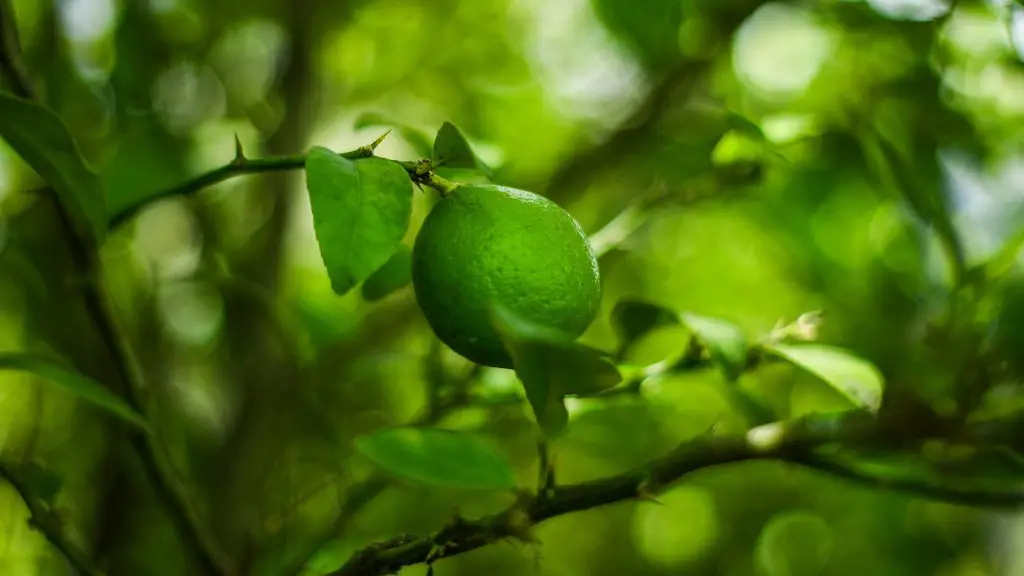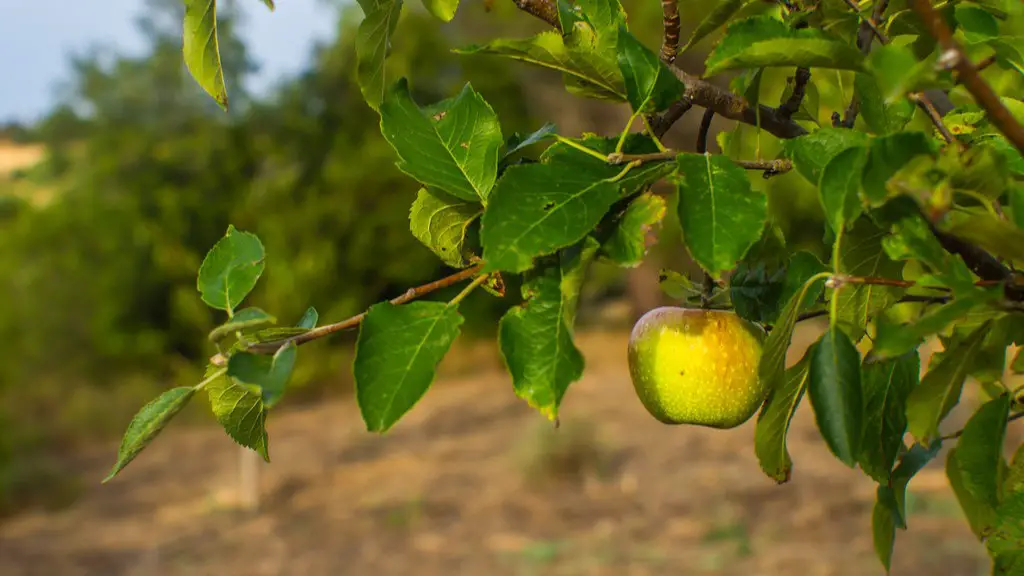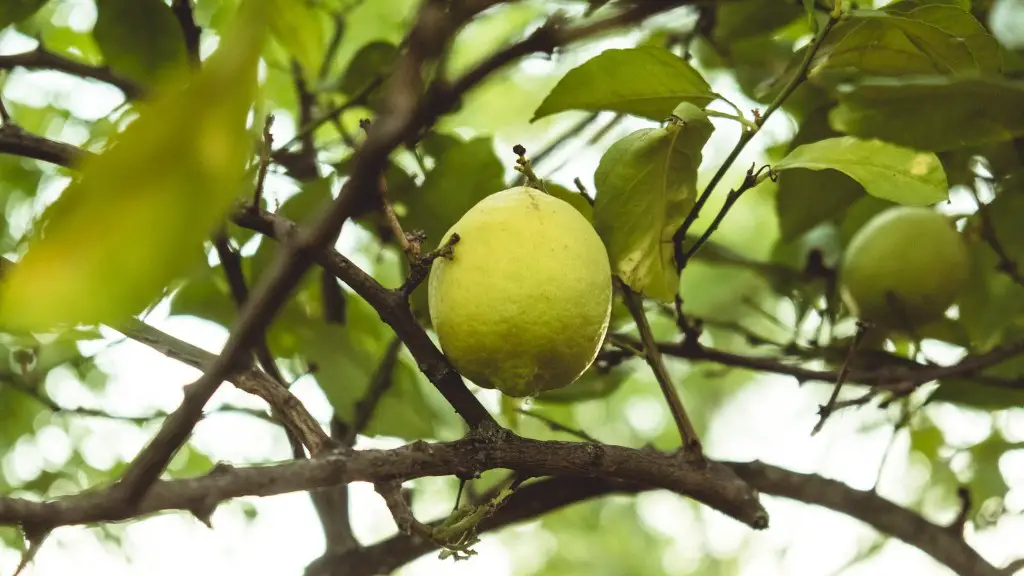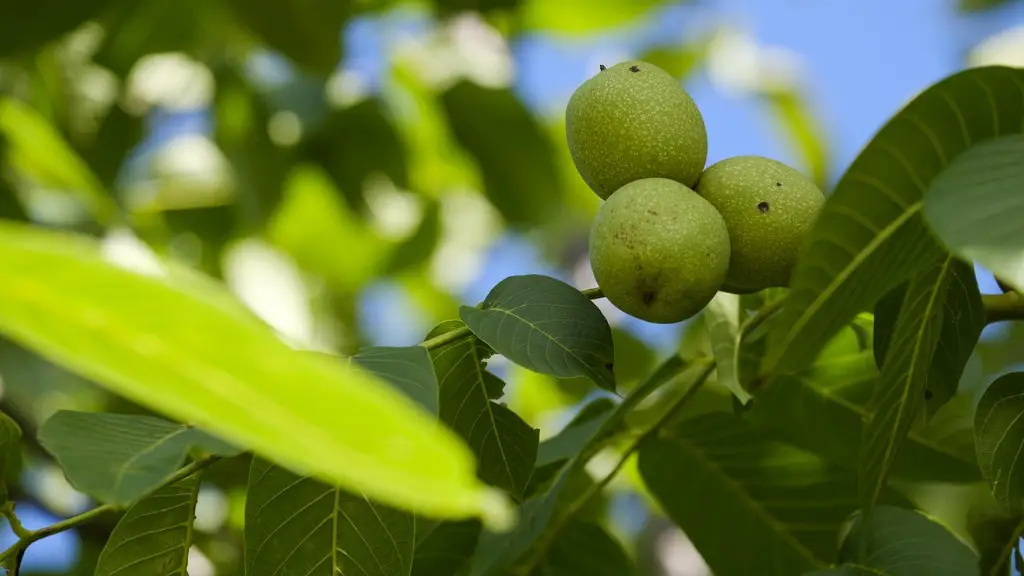How to stop lemon tree leaves going yellow
It is important to keep your lemon tree healthy; this includes preventing the yellowing of leaves – a common issue in lemon trees. The good news is, there are several steps you can take to stop and prevent leaf yellowing in your lemon tree, including increasing light, improving soil quality and increasing humidity in the tree’s environment.
Light is an essential element for healthy lemon trees, which thrive in sunny positions and need at least six hours of direct sunlight a day. To ensure your tree is receiving adequate sunlight, place it in a sunny, south-facing position. Additionally, only use diffuse lighting if lighting must be used in the evening; this will help the tree adjust to day and night.
The soil quality of your lemon tree’s environment is also important for its health; good soil quality can help alleviate leaf yellowing. To look after your lemon tree’s soil and keep it healthy, fertilize it regularly and add a layer of compost on top of the soil to reduce water evaporation and maintain its moisture. Additionally, check the pH of the soil to ensure it is within the optimal range for citrus trees.
Finally, to prevent leaf yellowing in lemon trees, increase the humidity in its environment. This can be done through regular misting of the tree and its foliage. Make sure to not over-mist or drown the trees; misting once or twice a day should suffice. You can also position the tree near a water source such as a fish tank or fountain, as this will help keep the air in the environment humid.
Improving Water Quality
When it comes to stopping lemon tree leaves going yellow, water quality plays an important role. Regularly check your lemon tree’s water supply and make sure it does not contain high levels of salt or nitrates that may be harmful for the tree. To check for salts, use a soil salt meter; alternatively, you can also buy water-testing kits to detect the presence of nitrates. If high levels of salt or nitrates are found, unfreezing the soil and reducing the amount of fertilizer may help.
When watering lemon trees, always use filtered or distilled water. Tap water may contain heavy metals, salts, and other elements that are not suitable for lemon trees, and could even lead to nutrient deficiencies which can potentially cause or worsen yellowing of leaves. In addition, overwatering lemon trees is not recommended; once or twice a week should be plenty of water for optimal growth.
Similarly, while the proper amount of fertilizer is important for healthy growth, too much fertilizer can have an adverse effect on lemon trees, resulting in yellowing of leaves, as fertilizer is high in salts. Therefore, when it comes to fertilizing lemon trees, do not overdo it; only use the recommended amount specified by your supplier or manufacturer.
Finally, if your lemon tree has been exposed to strong pesticide or chemical sprays, such as those that are used to ward off pests and diseases, then this could be a potential cause of the yellowing of leaves. To avoid this, it is essential to only use recommended organic pest control solutions for lemon trees.
Managing Wind Flow
The environment in which lemon trees are grown is also key to preventing yellowing leaves. When it comes to wind, too much forceful air movement can cause dehydration and stress in lemon trees, leading to yellowing leaves. To minimize this, try to provide your lemon tree with a sheltered area, preferably using a net or fence to protect it from direct wind flow.
Additionally, place the tree in an area that is not subject to drastic temperature and wind changes. If possible, maximise the protection of your lemon tree by placing it near walls or other trees so that it can receive the wind safely but without too much gust.
Finally, make sure your lemon tree’s environment is constantly monitored so that any changes that may lead to leaf yellowing are identified as soon as possible. To this end, try to position the lemon tree in a space that allows for regular observation in order to detect any signs of leaf yellowing and take action to prevent further damage.
Improving Pest Control
Pests and diseases are another potential cause of lemon tree leaf yellowing. To best prevent this, proper pest control is essential. For example, inspect your lemon tree regularly for signs of infestation and, if necessary, apply specific pest control solutions to combat them. Ideally, look for organic solutions to reduce the risk of leaf yellowing.
Additionally, make sure to remove fallen leaves, unpicked fruits and twigs from the tree’s environment as these can potentially contain pests. To make this easier, trim the tree regularly and dispose of the trimmings to ensure that any pests that may be hiding in them cannot stay in the environment of your lemon tree.
On the other hand, it is also important to provide adequate nutrition to your lemon tree so that it can stay strong and resist pests and diseases. This can be done by regularly feeding the tree with high-quality fertilizer that provides necessary nutrients for it to grow healthy and strong. Furthermore, prune your tree regularly and make sure to remove any damaged branches or leaves on the tree, as these can attract pests.
Managing Disease Problems
Another potential cause of yellowing leaves in lemon trees is disease. Common disease problems related to yellowing leaves include fungal infections, such as Leaf Spot and Dieback. As with pests, it is important to regularly inspect your lemon tree for signs of disease and take appropriate action when necessary. Keeping the tree’s environment clean is one way to combat disease.
Moreover, when it comes to treating diseases, it is best to use organic solutions. Organic solutions are not only safer for your tree and environment, but also more effective in preventing future disease outbreaks. Additionally, aim to provide your lemon tree with a balanced environment to reduce the possibility of disease development: adjust the temperature and water level to the optimal values, and provide adequate ventilation in the tree’s environment.
Finally, use copper-based fungicides to fight fungal infection on your lemon tree. This type of fungicide is more effective at preventing the spread of disease and minimizing damage to your lemon tree’s leaves. Also, if the infected leaves cannot be removed, try using neem oil to manage neighboring unaffected leaves.




